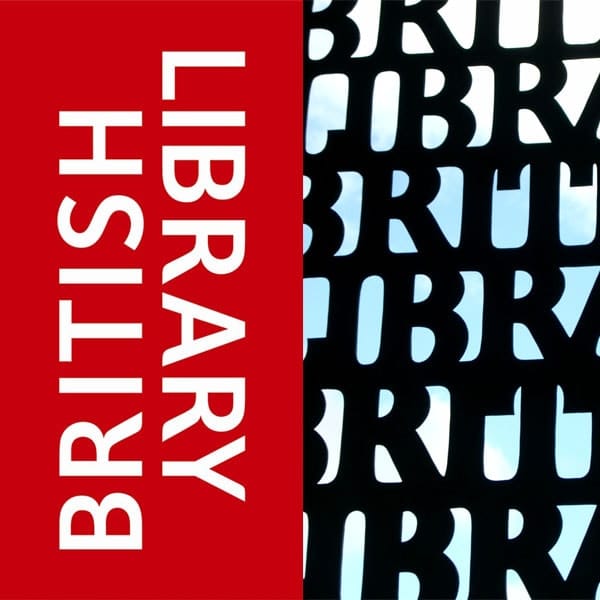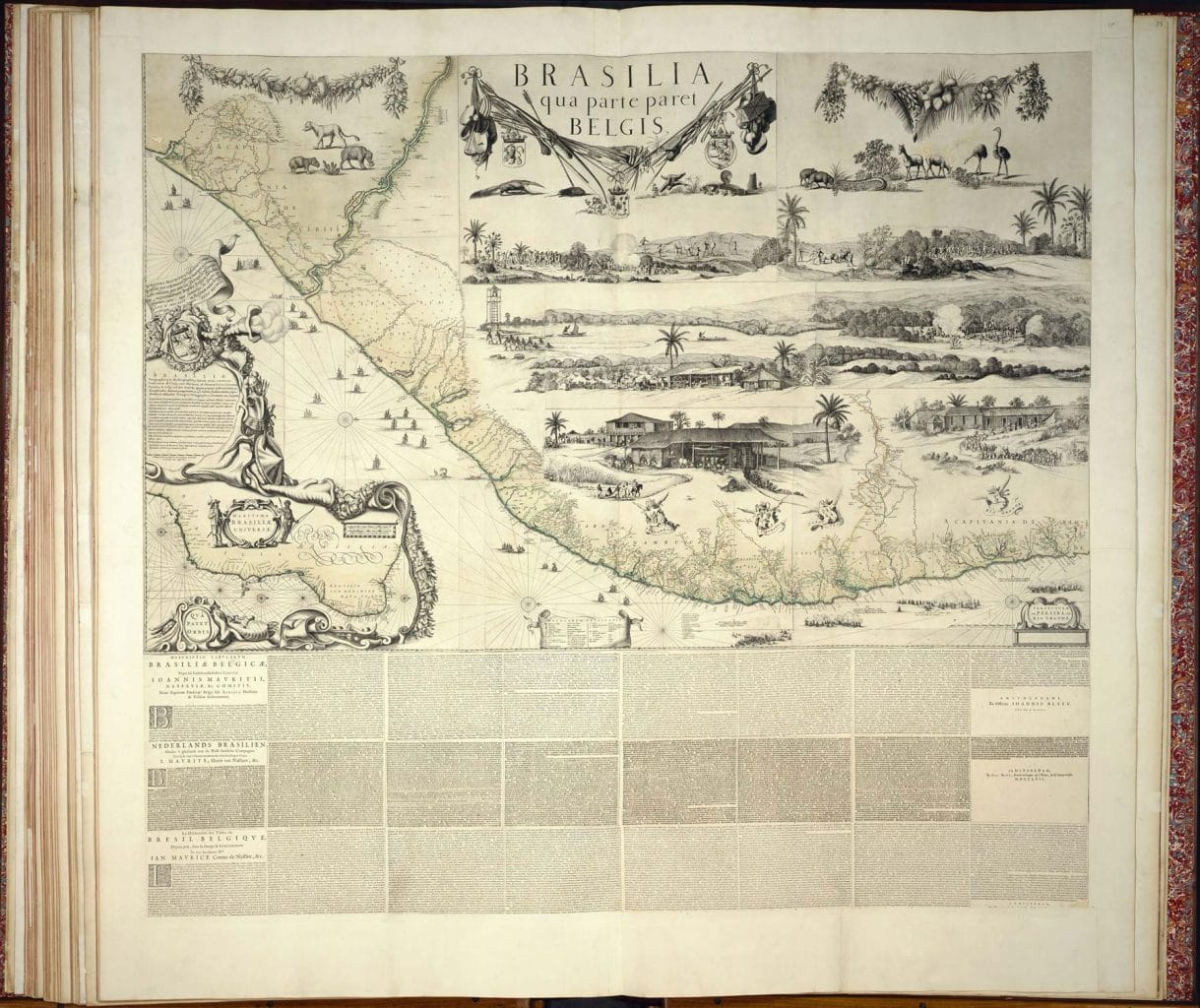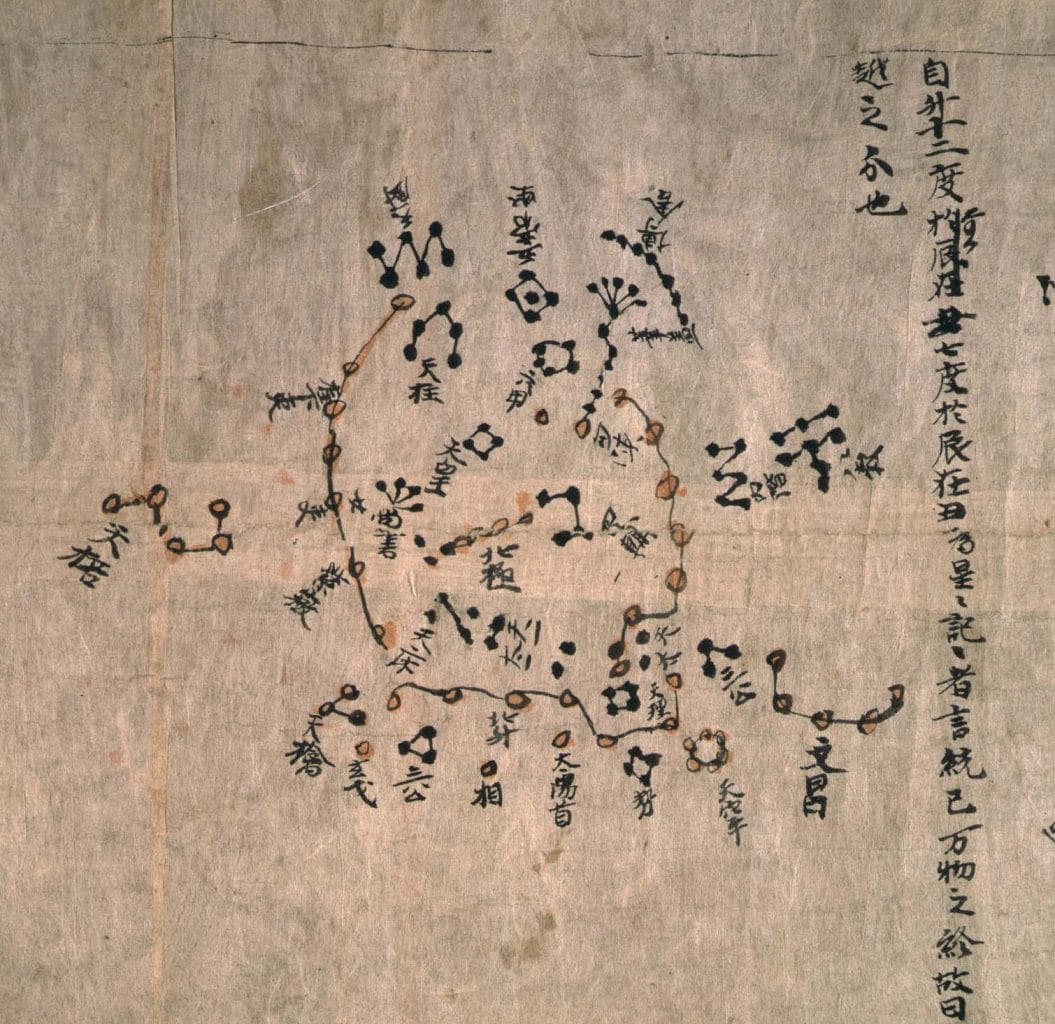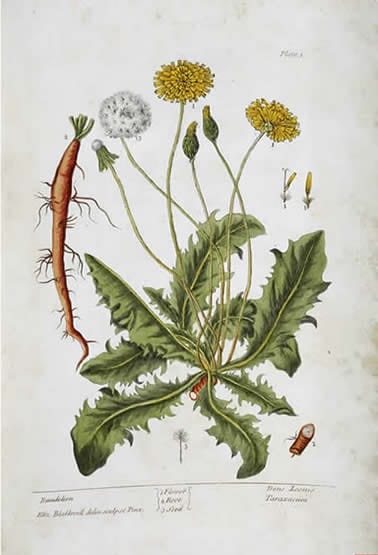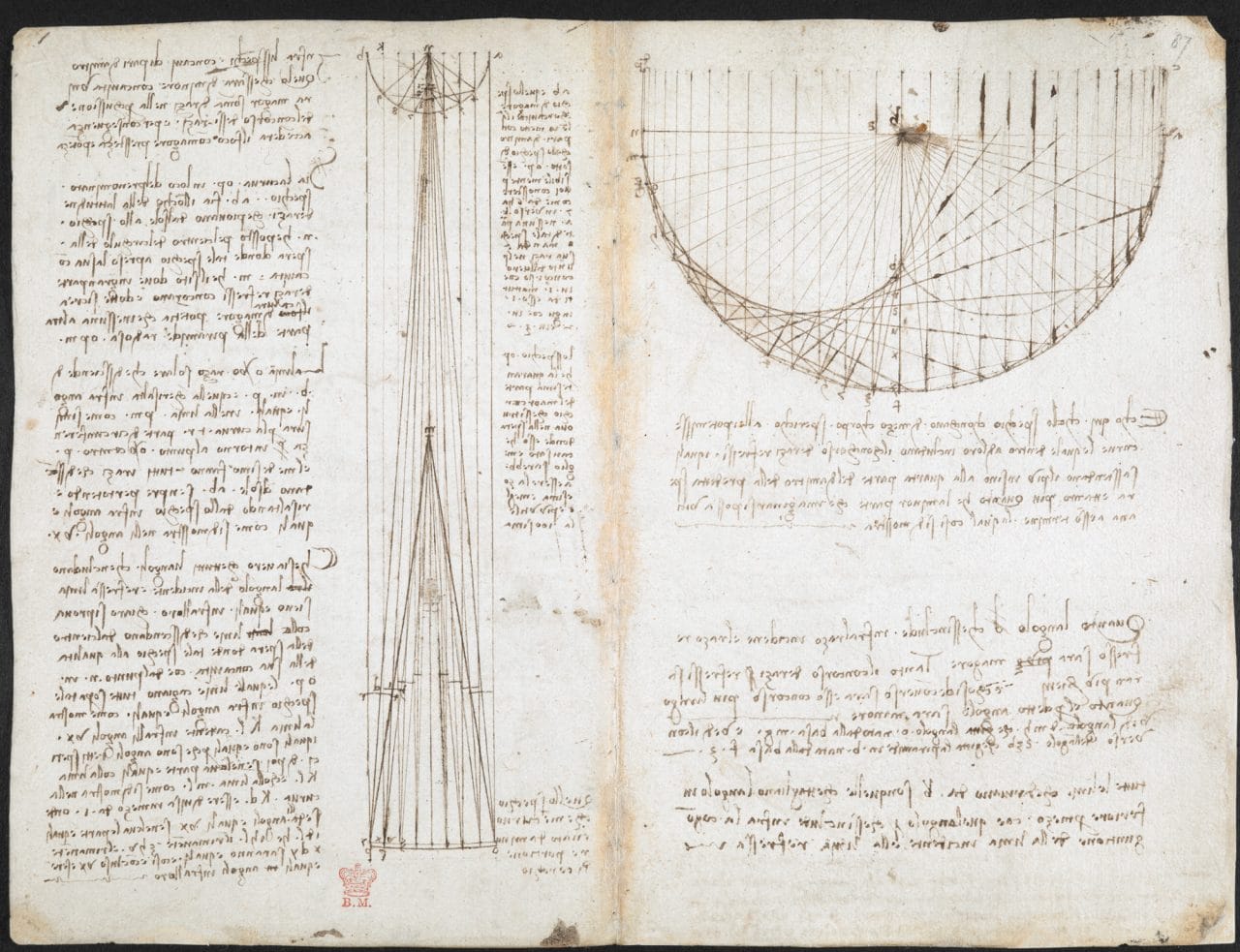- Breaking the News, supported by Newsworks, explores issues of choice, interpretation, truth and trust in the media
- Home to the UK’s collection of news, the British Library exhibition spans five centuries and includes newspapers, newsreels, radio, television, the internet and social media
- Accompanied by displays at public libraries across the UK, a season of in-person and online events and a book

The British Library
For Research, inspiration and enjoyment
大英图书馆数据
- If you were to see five items each day, it would take you over 80,000 years to see the whole of the collection
- Three million new items are added every year
- All this fills over 746 km of shelves, with an additional 8 km required every year
- On site we have space for over 1,200 readers
- The original Reading Room at the British Museum Library, forerunner to the British Library, was officially opened on 2 May 1857 with a 'breakfast' of champagne and ice cream, eaten off the catalogue desks
- We operate the world's largest document delivery service providing millions of items a year to customers all over the world
- Our building in London’s St Pancras was the largest public building to be constructed in the UK in the 20th century
The British Library is a treasure-trove. Visitors to our site at St Pancras may recognise that the building is shaped like an ocean liner (the inspiration of its architect, Colin St John Wilson), but they may not realise that the Library holds, at current estimates, more than 170 million collection items in over 400 languages. Alongside our printed books and manuscripts, the British Library is home to the national newspaper archive, the national philatelic collection and the records of the India Office, all kept on shelving that expands by several kilometres a year. Some of these items date back thousands of years, while others belong to the digital age. They represent hundreds of languages, countless formats, and the accumulated knowledge of numerous generations.
The British Library’s Reading Rooms have been used by many famous readers, including Sun Yat-sen, Karl Marx, Oscar Wilde, Bram Stoker, Mahatma Gandhi, Rudyard Kipling, George Orwell, George Bernard Shaw, Mark Twain, Vladimir Lenin, Virginia Woolf, Arthur Rimbaud, Mohammad Ali Jinnah, H. G. Wells and Sir Arthur Conan Doyle.
What is the British Library in China Project?
As part of an ambitious cultural exchange programme with China funded by the UK Government, the British Library will be developing exhibitions, online learning resources and a knowledge exchange programme. In addition, there will be a variety of related events in the UK and China. The British Library in China: connecting through culture and learning project aims to build closer cultural and people-to-people relations between the British Library and China, working with Chinese cultural and educational organisations. The British Library will raise the profile of its collections for Chinese audiences, and of the Library as a destination for visitors from China. The Library will also take a leading role in network-to-network exchanges between libraries in both countries.
What is the largest item held at the British Library?
The Klencke Atlas is one of the world’s biggest, measuring 176 × 231 cm when open, and taking several people to lift it. Another candidate is the precious Audubon’s Birds of America, which is in the so-called ‘double elephant folio’ format (printed on double elephant paper, the largest size available, approximately 100 × 67 cm). This beautiful book was compiled by the ornithologist John James Audubon (1785–1851), born Jean-Jacques Laforest Audubon in Saint-Domingue (now Haiti) in the Caribbean. It was Audubon’s ambition to produce a book containing life-size reproductions of all the birds of the ‘United States and its territories’, and its publication took nearly 12 years to complete. The British Museum Library was reluctant to take out a subscription to such an expensive publication; it received its copy through the bequest of Major-General Thomas Hardwicke’s natural history collection in 1835. Only 120 of the 200 complete copies produced are known to survive.
Which is the most curious item held at the British Library?
Over the years, the Library has been presented with locks of authors’ hair (Percy Bysshe Shelley and Charlotte Brontë spring to mind), the earliest manuscript atlas of the night sky and a set of plasticine models of Winnie the Pooh and his friends, used by the illustrator E H Shepard (1879–1976). However, taking this question literally, we might point to Elizabeth Blackwell’s A Curious Herbal. This work was illustrated, engraved and hand-coloured by Blackwell, in order to raise sufficient funds to have her husband released from a debtor’s prison. The book was issued in weekly parts between 1737 and 1739, and it contains images of 500 of ‘the most useful plants, which are now used in the practice of physick’. Although the venture raised enough income to secure the release of her husband, he eventually left for Sweden, where he was hanged for treason having becoming involved in a political conspiracy. Elizabeth died alone in England in 1758.
What is the most iconic item at the British Library?
Again, this is open to debate, but one item that has international appeal is the notebook of Leonardo da Vinci (1452–1519). This manuscript, known as Codex Arundel after its English owner (Thomas Howard, 14th Earl of Arundel), is written in Italian, in Leonardo’s characteristic ‘mirror writing’, left-handed and moving from right to left. Among the topics covered are mechanics, astronomy, optics, architecture and the flight of birds. Recently, our imaging scientist discovered a previously hidden figure in Leonardo’s notebook, underlining that there is still much to be discovered in the British Library’s amazing collections.
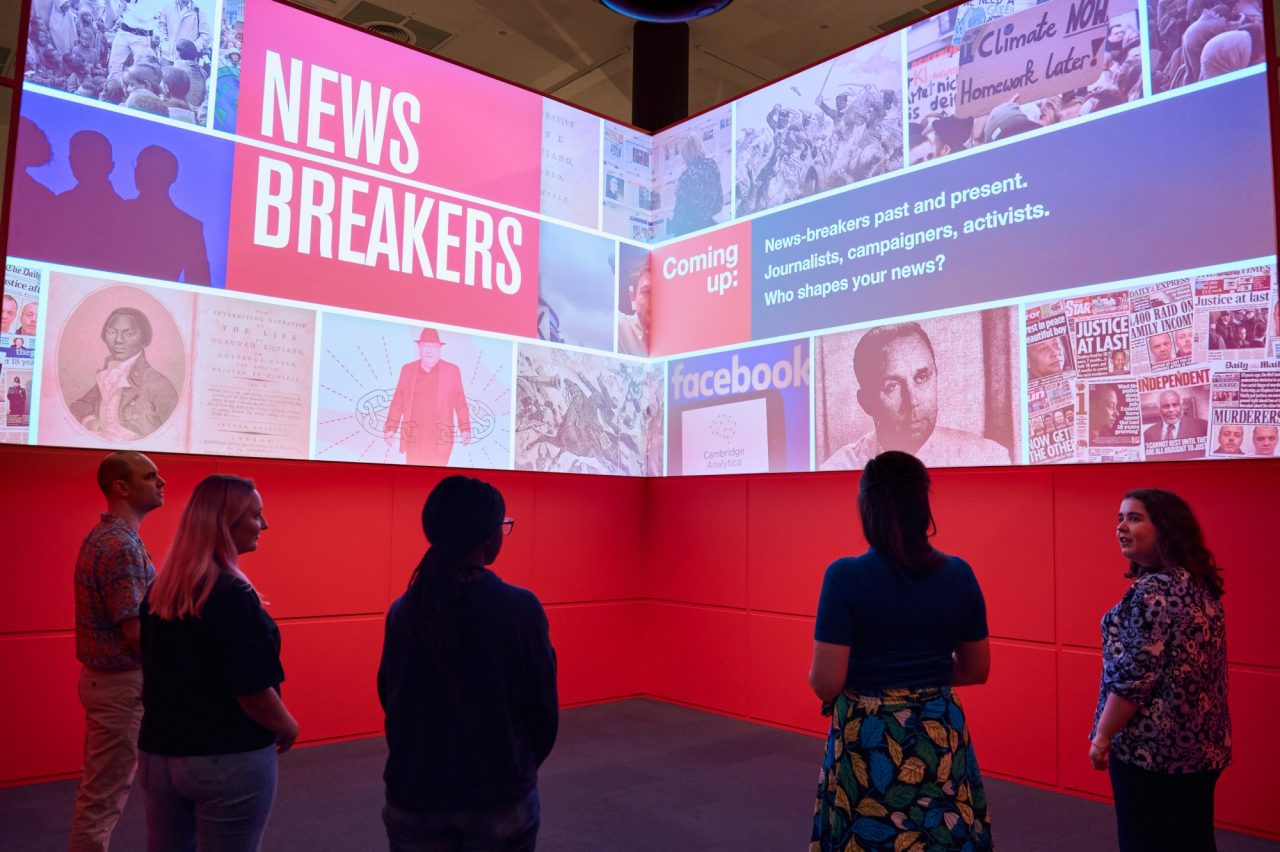
Breaking the News
大英图书馆
Kings Cross
London
NW1 2DB
United Kingdom
开放时间:
Monday 09:30 - 20:00
Tuesday 09:30 - 20:00
Wednesday 09:30 - 20:00
Thursday 09:30 - 20:00
Friday 09:30 - 18:00
Saturday 09:30 - 17:00
Sunday 11:00 - 17:00
Public Holidays 11:00 - 17:00
This is the British Library website. Use this site to search our catalogues, order items for research, view exhibitions and link to information resources worldwide. The Library conserves knowledge for future generations. It is the UK's leading research library.
